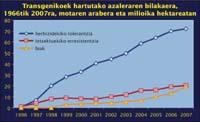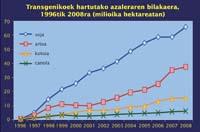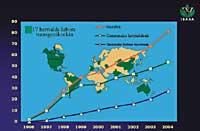GM plants dominate the fields
2007/04/01 Galarraga Aiestaran, Ana - Elhuyar Zientzia Iturria: Elhuyar aldizkaria
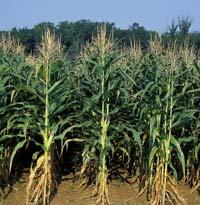
The United States is the country that produces the most transgenic plants in the world. This is where it has grown the most in the last year, with 54.6 million hectares planted, 4.8 million hectares more than the previous year. Most of all they have planted transgenic corn.
In South America, Brazil is the leader of growth. In 2006, the area occupied by GMOs was 22% higher than in the previous year, mainly transgenic soy and cotton.
India stands out in Asia. It is precisely in this country that there has been the greatest growth compared to the previous year, having planted a 192% more surface, mainly with transgenic cotton. Planting 3.8 million hectares of transgenic cotton has made India the fifth largest producer in the world.
Transgenic agriculture in Africa has also grown dramatically. In the South African Republic it is where the greatest growth has occurred, and in the whole continent, the surface planted with GMOs has tripled from year to year. This increase is mainly due to two varieties of corn, the yellow Bt corn, used for livestock grazing, and the white Bt corn, used by the population as food.
Also in Europe
Bt corn is the star of transgenic plants, also in Europe. This transgenic corn contains a gene from the bacterium Bacillus thuringensis. This gene produces a protein against one of the insects that damage corn, making it an insect resistant corn that destroys crops. Well, with this corn they have planted in Spain 0.8% more than the previous year.
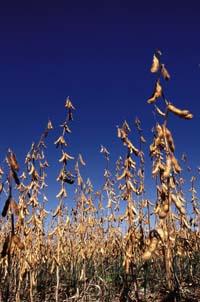
Spain is at the head of European GM producers. It is the ninth year of planting GMOs and almost everything is done in Catalonia and Aragon. In fact, in these two communities is widespread the existence of a hole that destroys corn. The GM variety has allowed farmers to increase their gross maize profits by 12%, according to data from the IPTS (Institute for Prospective and Technological Research), which is part of the European Union Research Center.
However, Romania has been the most transgenic country in Europe. In 2006 they planted 115,000 hectares (about double that in Spain). In particular, several herbicide-resistant soy varieties were planted. However, this year, coinciding with its entry into the European Union, it has stopped producing transgenic soy. For the ISAAA association, the decision has been regrettable.
However, on the other hand, they have reasons for satisfaction. For example, in France they remained four years without growing GMOs, and now they have their second year of production. It is far from Spain (5,000 hectares in total), but is experiencing strong growth.
To a lesser extent the rest of European producers: 1,290 hectares in the Czech Republic, almost the same in Portugal, 950 hectares in Germany and only 30 hectares in Slovakia. The first time GMOs have been planted in Slovakia is that, although little, more are expected to be planted.
Unstoppable
In addition to Romania, GMOs have regressed elsewhere, although not entirely. For example, Australia is one of the pioneers of GM agriculture, but in 2006 the harvest of GM cotton has been lower than in previous years, due to the great drought. However, 90% of the plants produced in this country have been transgenic.
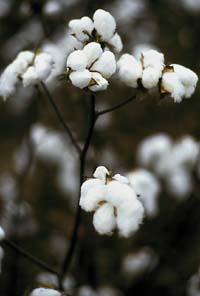
In Mexico the harvest of transgenic cotton has decreased by a third, but it has been due to regulatory problems. In addition, the surface of GM soy has increased, so finally the decline has been lower.
According to ISAAA, GM agriculture has grown faster than any other agricultural technology. According to them, in the period 1996-2006, the area occupied by GMOs has multiplied by 60. In addition, for the first time more than 10 million farmers have planted GMOs, compared to 8.5 million farmers in 2005 and 10.3 million in 2006.
ISAAA has also made forecasts and calculated that by 2015 more than 20 million farmers will plant 200 million hectares. All of them with transgenic plants, of course. The trend is that growth will occur mainly from the hands of small farmers and in developing countries. Last year, GM production increased by 21% in developing countries and 9% in developed countries.
It is necessary to see whether or not they will succeed with the forecasts, but we must recognize, at first glance, that the dissemination of GMOs seems unstoppable by the data and the trend.

Gai honi buruzko eduki gehiago
Elhuyarrek garatutako teknologia



